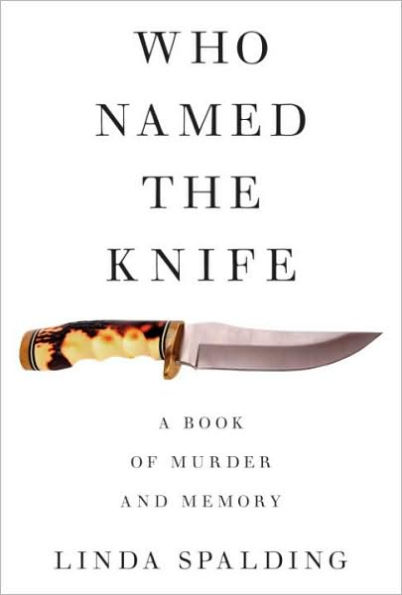Read an Excerpt
Murder. In such a place.
From above, from the highway, it looks like a planet must have fallen into it, the round bowl edges of this bay are so perfect. Below the surface of the water, amazing fish can be seen living their lives in the coral. This is a place where children play in the waves, where parents sit on the sand, where people float, looking down. A swimmer can pause, roll over, blink a few times, and look up at the hills that surround this blue water. The hills feel protective, a barrier between the world of invention and this place.
So it must have looked to Larry Hasker in the last minutes of his life. He had been casual with his captors. “So this is a robbery? I can’t believe it.” He got out of the car with his shirt unbuttoned, his rubber slippers moving over the rocks. Up at the cusp, above the parking lot, the terrain is rough. Even through the slippers, he must have felt the jolts of stone and brush and dirt. He had smoked a joint in the car. He was young, twenty years old, and almost relaxed. On a ridge within sight of the highway, he turned and looked down. It was past midnight in the month of June, 1978. The moon was high. It threw its reflected light on the ocean so that the water looked like metal heated over flame. Molten. He breathed in and reached down for himself, opened his fly. Looking at water and night. The stars were there too. And his captors.
There is no shame in dying with a shirt open or pants, dying in the act of emptying oneself. In such a place.
The girl who discovered the body was taking a walk before work, noticing the dusty smell of kiawe above the bay, the pungent smell of seaweed, the smell of a place where ocean and land meet. It was early in the morning, but when she saw a slipper lying in the brush, she was not surprised. Near any beach, such a forgotten slipper is not unusual, although this one wasn’t broken; its thong was intact. She saw the slipper and then she saw a human foot covered in flies. It was a Monday morning and nobody was there to hear, but she screamed.
So it begins with a body on the side of the road that leads from Hanauma Bay to the Kalanianaole Highway on the windward side of O’ahu — this story of murder, on the island where I lived. The body was lying twenty-five feet from that highway among rocks, thorns, and brush. The shirt was untorn. There were no scratches, no bruises, no cuts on the flesh. There were just two wounds: one on the right side of his head and one on the outside surface of a leg.
What happens in such a place, on such a beach, is quickly forgotten in any season. What happens can so easily wash away. Even above the tide line, far above it, a third bullet can get lodged in the sand, can be plucked at by birds, can be sent down the slope by a vagrant wind. A body can be ignored until it is past recognition, until its bones and teeth must be studied; it can be eaten; it can merge with the elements; it can be nosed at by wandering dogs. But this is a beach for children and families, a place to be walked along and sat upon. And what is there left of Larry Hasker here? Blood. Piss. A fragment of rubber slipper. He’d stood in the brush above the sea with its luminous sheen. One of his slippers had fallen off. He’d turned, unzipped and zipped.
Then he’d been shot.
Once in an ankle. Once in the head.
Someone, it must have been, with lousy aim.



